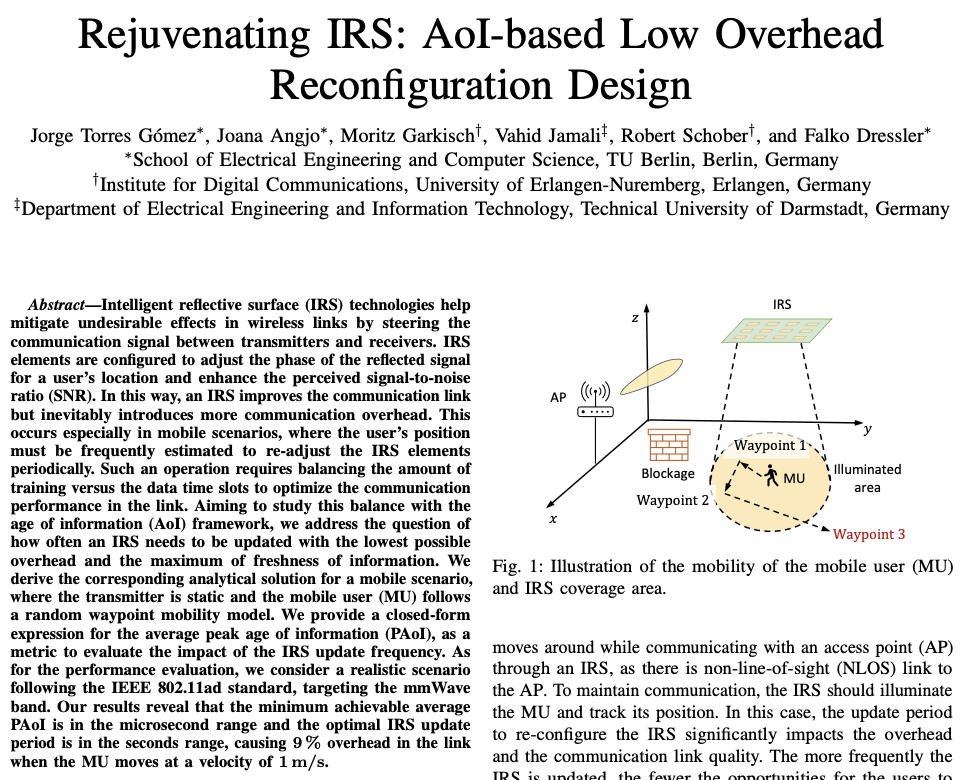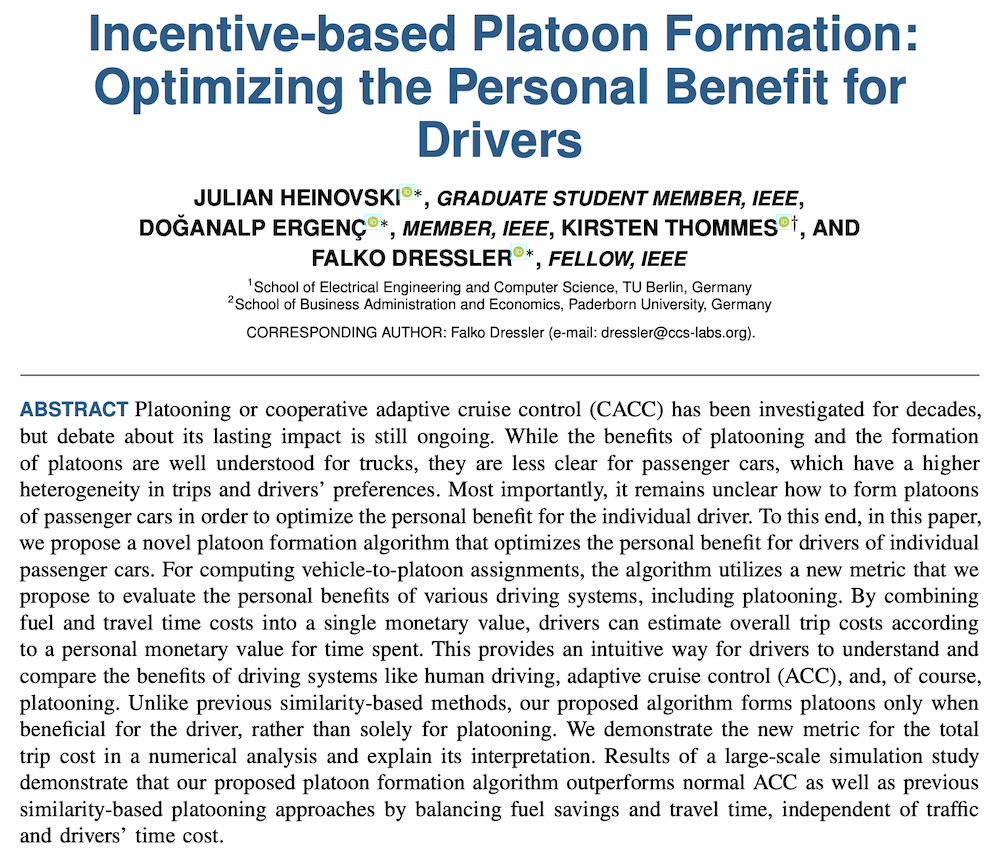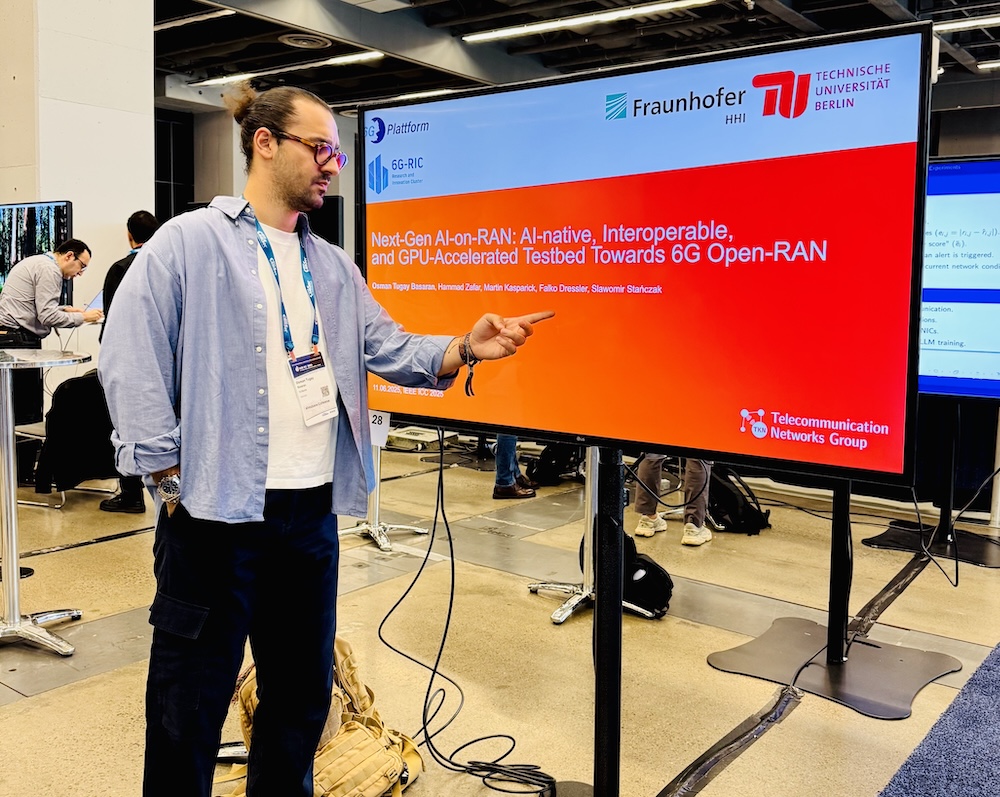Literature Database Entry
limmer2008survey
Tobias Limmer and Falko Dressler, "Survey of Event Correlation Techniques for Attack Detection in Early Warning Systems," Department of Computer Science 7, Friedrich–Alexander University of Erlangen–Nuremberg (FAU), Technical Report, 01/08, April 2008.
Abstract
In the context of early warning systems for detecting Internet worms and other attacks, event correlation techniques are needed for two reasons. First, network attack detection is usually based on distributed sensors, e.g. intrusion detection systems. During attacks but even in normal operation, the generated amount of events is hard to handle in order to evaluate the current attack situation for a larger network. Thus, the concept of event or alert correlation has been introduced. This survey was motivated by recent work on early warning systems. We summarize and clarify the typical terminology used in this context and present a requirement analysis from an early warning system's point of view. In the main part of this survey, we summarize and classify event correlation techniques as described in the literature.
Quick access
Authors' Version ![]() (PDF on this web site)
(PDF on this web site)
BibTeX ![]()
Contact
BibTeX reference
@techreport{limmer2008survey,
author = {Limmer, Tobias and Dressler, Falko},
title = {{Survey of Event Correlation Techniques for Attack Detection in Early Warning Systems}},
institution = {Department of Computer Science 7, Friedrich--Alexander University of Erlangen--Nuremberg (FAU)},
location = {Erlangen, Germany},
month = {4},
number = {01/08},
type = {Technical Report},
year = {2008},
}
Copyright notice
Links to final or draft versions of papers are presented here to ensure timely dissemination of scholarly and technical work. Copyright and all rights therein are retained by authors or by other copyright holders. All persons copying this information are expected to adhere to the terms and constraints invoked by each author's copyright. In most cases, these works may not be reposted or distributed for commercial purposes without the explicit permission of the copyright holder.
The following applies to all papers listed above that have IEEE copyrights: Personal use of this material is permitted. However, permission to reprint/republish this material for advertising or promotional purposes or for creating new collective works for resale or redistribution to servers or lists, or to reuse any copyrighted component of this work in other works must be obtained from the IEEE.
The following applies to all papers listed above that are in submission to IEEE conference/workshop proceedings or journals: This work has been submitted to the IEEE for possible publication. Copyright may be transferred without notice, after which this version may no longer be accessible.
The following applies to all papers listed above that have ACM copyrights: ACM COPYRIGHT NOTICE. Permission to make digital or hard copies of part or all of this work for personal or classroom use is granted without fee provided that copies are not made or distributed for profit or commercial advantage and that copies bear this notice and the full citation on the first page. Copyrights for components of this work owned by others than ACM must be honored. Abstracting with credit is permitted. To copy otherwise, to republish, to post on servers, or to redistribute to lists, requires prior specific permission and/or a fee. Request permissions from Publications Dept., ACM, Inc., fax +1 (212) 869-0481, or permissions@acm.org.
The following applies to all SpringerLink papers listed above that have Springer Science+Business Media copyrights: The original publication is available at www.springerlink.com.
This page was automatically generated using BibDB and bib2web.






